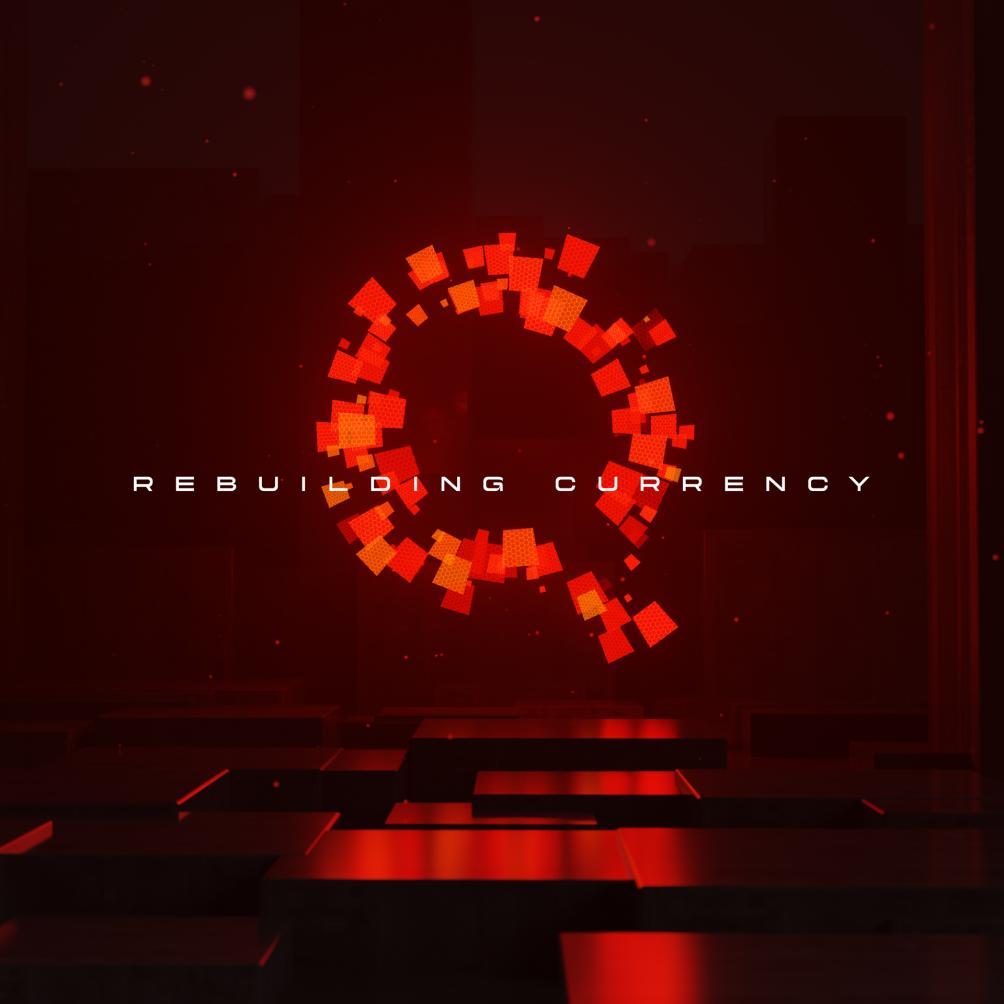
Welcome to the eleventh edition of “This Week in Quai,” an initiative by the development company of Quai Network, Dominant Strategies. This Week in Quai offers weekly updates to the Quai Community by aggregating popular Quai quotes and social posts from the past week and offering a schedule for upcoming events.
Want to get “This Week in Quai” delivered straight to your inbox? Sign up for the Quai Newsletter by Dominant Strategies.
What is Quai?
Quai Network is a pre-launch cryptocurrency. Quai is the first blockchain protocol that is simultaneously decentralized, censorship resistant, and infinitely scalable. Quai, in contrast to traditional cryptocurrencies, functions as a network of many interoperable blockchains braided together. Due to a discovery that occurred during research on Proof-of-Work, Quai Network utilizes a new consensus mechanism, Proof-of-Entropy-Minima (PoEM), which eliminates all consensus-based forks, and enables all Quai nodes to remain in “perpetual consensus.”
Quote of the Week
“Being open source means anyone can independently review the code. If it was closed source, nobody could verify the security. I think it’s essential for a program of this nature to be open source.”
– Satoshi Nakamoto
Within this quote, Satoshi Nakamoto, the creator of Bitcoin, expresses the necessity of the code behind digital money to be open-sourced. Open-source code, or code that is made freely available to the public, allows for any individual to independently review the code. Open-source codebases can have many advantages over closed-source codebases, including the ability to get more eyes on the code to identify bugs and vulnerabilities.
Satoshi makes the case that this advantage is essential to the development and success of digital money. If the code is not open-source, it is impossible for a user to independently verify that the code does what it is said to do, and that it does not contain any vulnerabilities. The open-source nature of cryptocurrencies like Bitcoin is what enables the classic mantra “don’t trust, verify.”
Technical Term of the Week
Testnet (blockchain) – A separate network environment specifically created for testing and experimentation purposes. Testnets are designed to simulate the functionality and behavior of a real blockchain network, but operate independently from the production or “Mainnet” blockchain network.
The primary objective of a Testnet is to provide an opportunity for users and developers to test and attempt to exploit new features and protocol upgrades before they are deployed on Mainnet. A well-designed blockchain network is difficult to upgrade/change after it has undergone its Mainnet launch. The purpose of pre-launch Testnets is to make it as likely as possible that all aspects of the Quai protocol are secure and functional before Mainnet launch.
Quai Network will have 5 pre-launch Testnets prior to Mainnet launch. The first two of these Testnets, the Stone Age Testnet and the Bronze Age Testnet, have already been completed. The next three Testnets, including the Iron Age Testnet, the Golden Age Testnet, and the Silicon Age Testnet, will focus on testing new features introduced to the protocol. The Iron Age Testnet, for example, will focus heavily on testing Quai’s new Proof-of-Entropy-Minima (PoEM) consensus mechanism and smart contract functionality.
There will be a variety of incentives available in order to spur users, developers, and miners to test and explore Quai’s upcoming Testnets. These incentives are designed to maximize the chances that any issues with the protocol can be identified and addressed.
To learn more about different instances of the Quai protocol (Testnet, Mainnet, local), check out the Quai documentation.
Top Posts of the Week
- Open roles at Dominant Strategies to work on Quai Network:
- What conferences do you want to see the Quai booth at next?:
- Members of the Dominant Strategies team are attending EthCC to represent Quai Network:
- A discussion of whether backed or algorithmic stablecoins are safer:
- A discussion of whether DEXs could ever become competitive with CEXs:
Upcoming Events
Quai Network Office Hours with Justin: July 25, 2023 @ 10am CST – Join Dominant Strategies team member Justin for a casual discussion/AMA on Quai Network’s technology.
Quai Network Office Hours with Max: July 27, 2023 @ 9am CST – Join Dominant Strategies team member Justin for a casual discussion/AMA on Quai Network’s technology.
Quai Fridays Community Call: July 28, 2023 @ 11am CST – Join members of the Dominant Strategies team on Twitter Spaces for a discussion on the development/testing of the Quai protocol, and how to build on Quai in the Iron Age Testnet.
